Mapped: How Imperial's global research ties reach further than ever
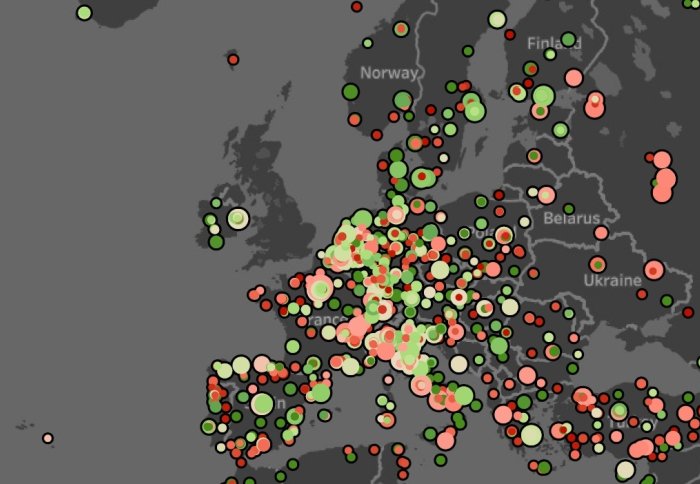
Imperial’s research collaborations with international peers are spreading further around the world than ever before.
Latest analysis, using data sourced from SciVal, shows that academics published breakthroughs with peers from 191 countries in three years between 2015 and 2017.
The United States was Imperial’s most prolific collaborating country in that time, with nearly 8,000 publications in three years.
German and Imperial academics published more than 4,500 papers together over the same period – Imperial’s second deepest research relationship.
There was strong growth in countries such as China, Malaysia and Qatar. Co-authored publications with Chinese peers increased by 30% compared with the three previous years.
Africa is also seeing significant growth in Imperial collaborations. South Africa is the largest collaborator on the continent with 653 co-authored papers, followed by Egypt (506) and Kenya (169).
Vice Provost (Research and Enterprise) Professor Nick Jennings, who commissioned the maps, said: “Collaboration across borders between academics of different nationalities produces the highest quality research and Imperial College excels at collaboration.
“Imperial academics are working with peers all over the world – to share knowledge, drive innovation and tackle global challenges.
“New partnerships with world class institutions such as MIT, TUM and CNRS demonstrate our ambition for research excellence.
“It is also encouraging to see collaborations growing in regions such as Asia and Africa – some of the most important emerging regions for science and research."
MIT (USA)
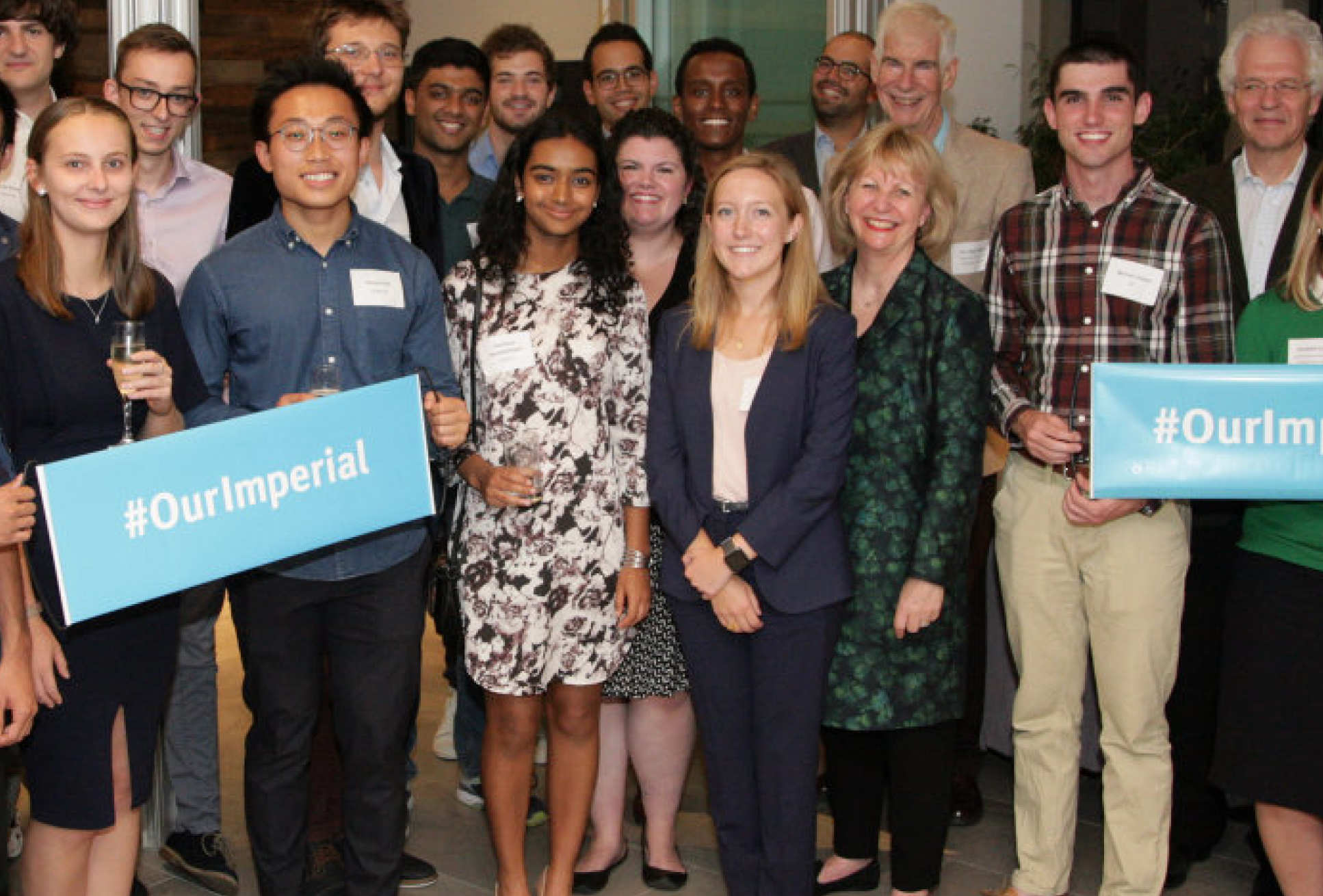
Imperial and the Massachusetts Institute of Technology (MIT) have a long history of collaboration going back more than eight decades, including the Second World War Tizard Mission.
The two institutions are now deepening their connections on an unprecedented scale.
From 2018, undergraduates from both world top ten universities can apply to study at the other. Imperial students in ten academic departments have the chance to spend a year at MIT, while students from nine MIT departments can spend a semester or full year at Imperial.
The exchange builds on the MIT-Imperial Seed Fund, which provides support for early-stage, risky, and ‘blue skies’ collaborative research ideas that might not otherwise be pursued.
Technical University of Munich (Germany)
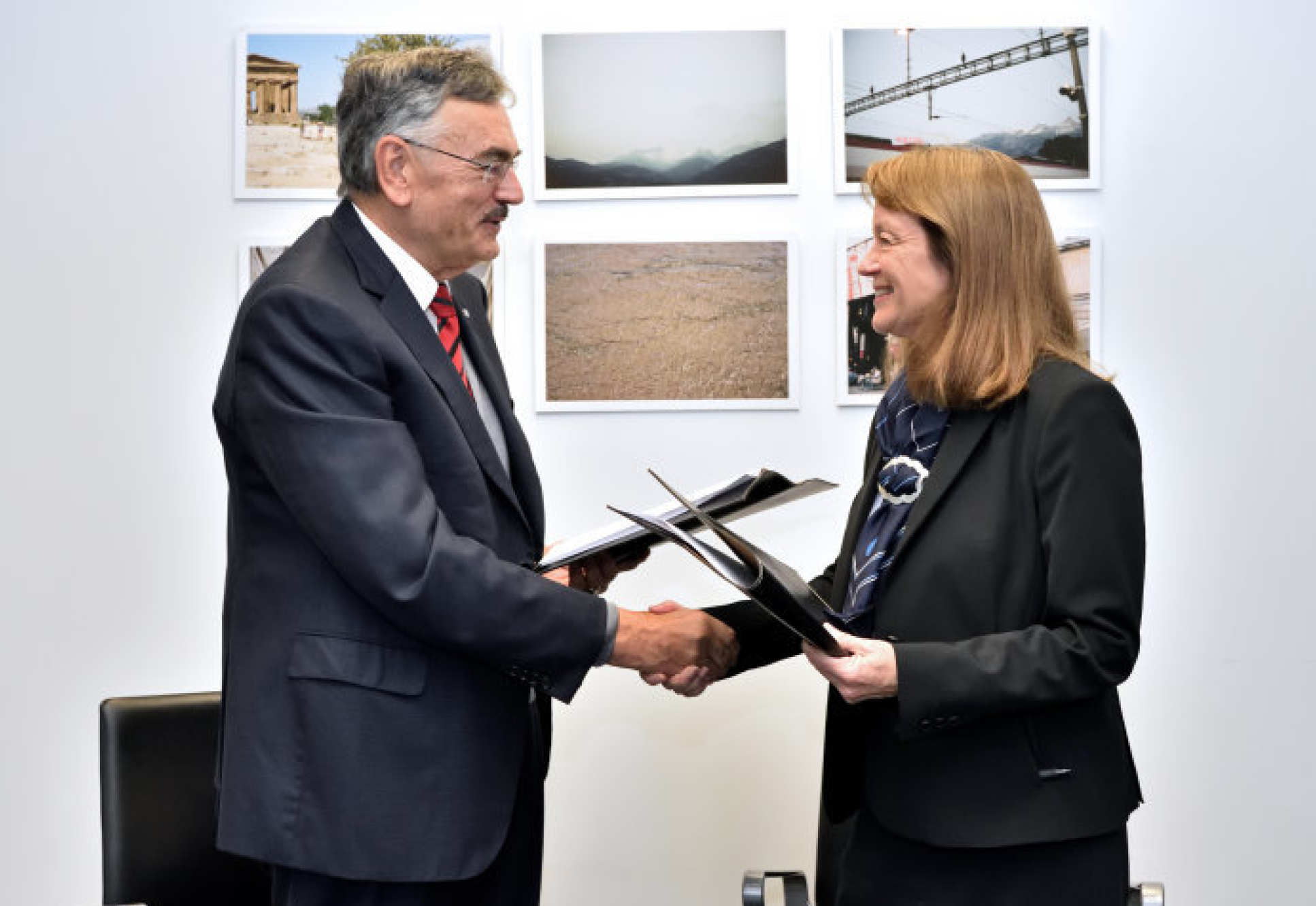
In 2018 Imperial and the Technical University of Munich formed a strategic partnership in education, research and innovation.
The partnership will see the institutions forge new research links in computer science and informatics, medicine and medical sciences, bioengineering, molecular sciences, life sciences, physics, energy and new materials, and mechanical and aerospace engineering.
Tsinghua University (China)

Imperial and Beijing's Tsinghua University have launched a joint seed fund to support early-stage bold scientific ideas.
The awards are expected to cover small-scale experiments, the development of prototypes, and will enable academics and students from both institutions to collaborate and exchange ideas more easily.
Top international institutional collaborators
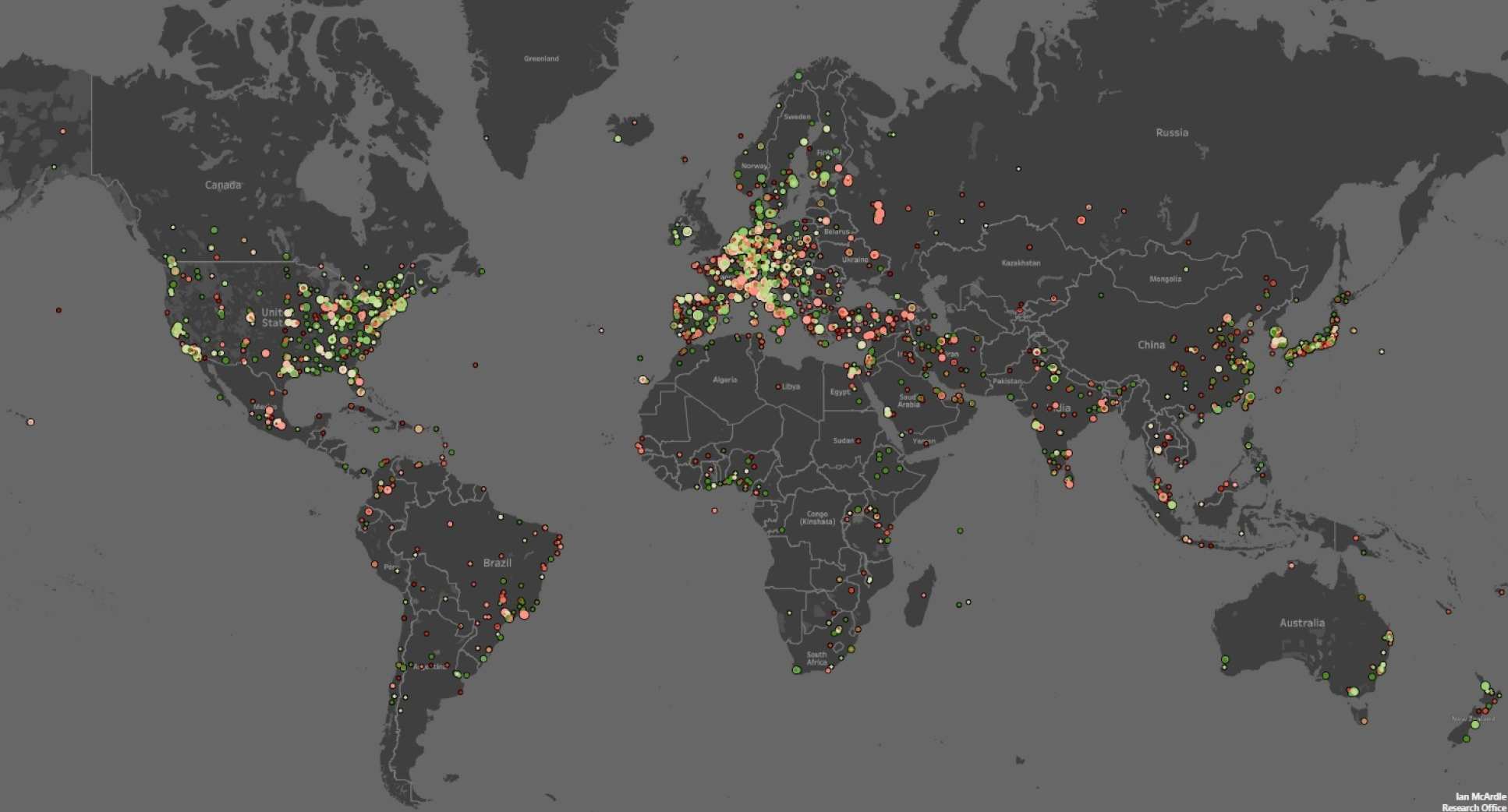
Imperial’s top international institutional collaborator is France’s National Center for Scientific Research (CNRS) – the largest fundamental research organisation in Europe.
In three years Imperial and CNRS published 1,497 research papers together.
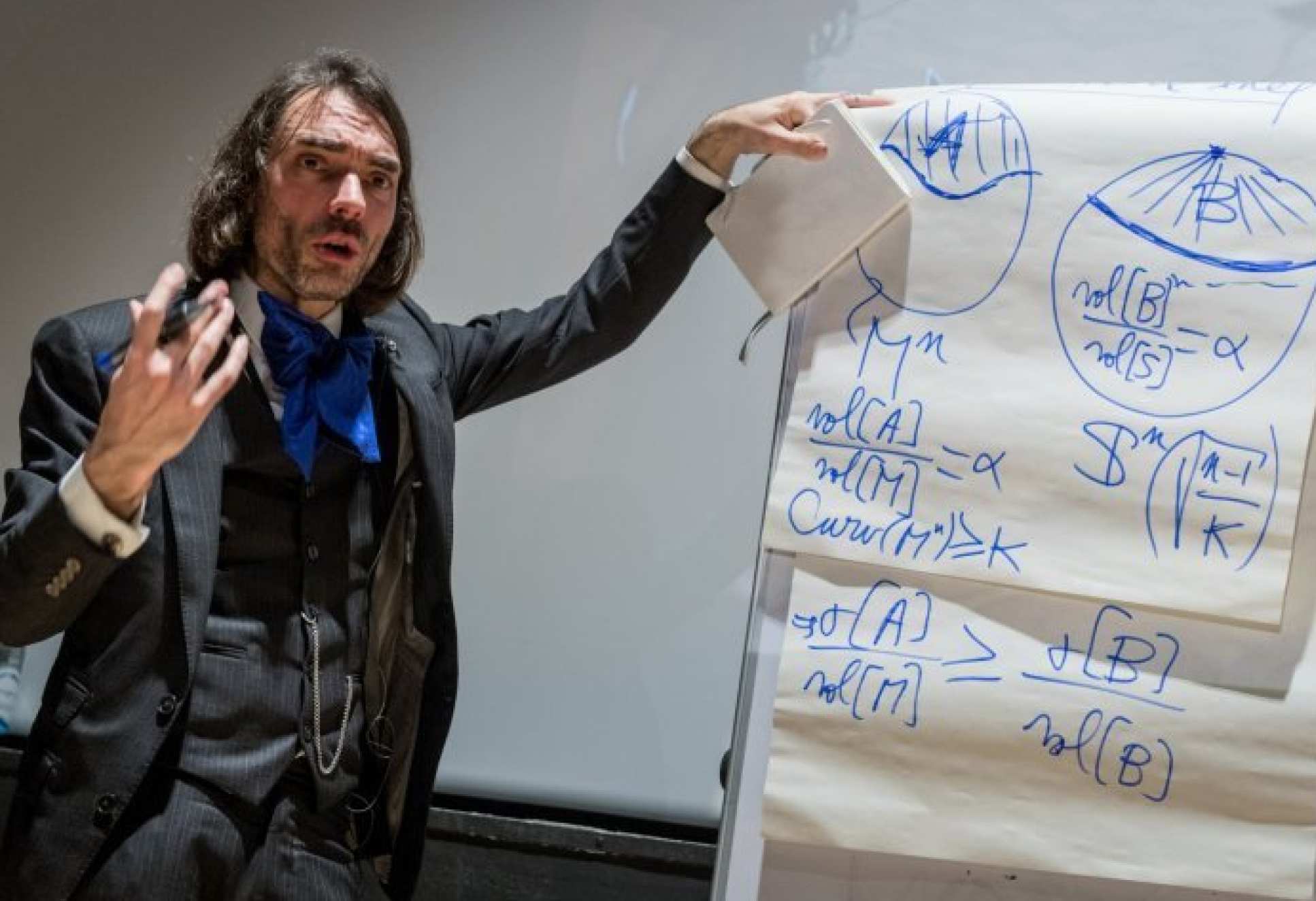
Last year Imperial and CNRS opened a new joint laboratory to integrate leading researchers and students from both institutions. The International Joint Research Unit – Unité mixte internationale – based at Imperial, aims to significantly advance collaboration in mathematics between France and Britain.
Harvard University in the United States, is Imperial’s second biggest institutional collaborator – publishing 1,277 papers together between 2015 and 2017. Imperial and Harvard medics are working to halt the spread of malaria, which claims the lives of hundreds of thousands of people around the globe every year.
Within the last decade, Imperial published 105,000 research papers with international co-authors.
--
The global collaborations maps were compiled by Ian McArdle. Data sourced from SciVal. Figures accurate as at December 2018
View the full Global collaborations maps:
2. Global collaborations map (10 authors or less)
Article text (excluding photos or graphics) © Imperial College London.
Photos and graphics subject to third party copyright used with permission or © Imperial College London.
Reporter
Stephen Johns
Communications Division